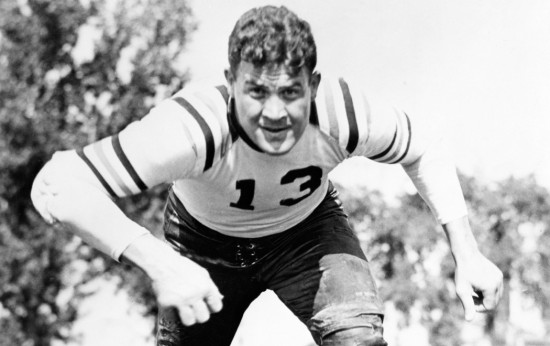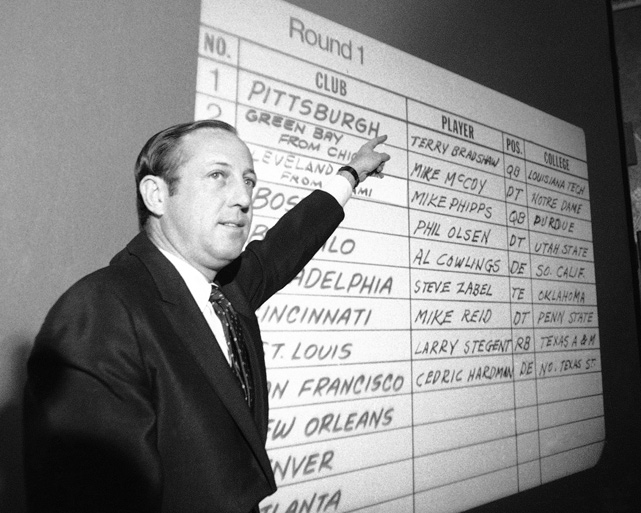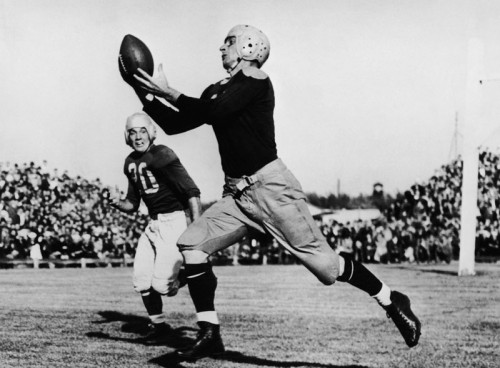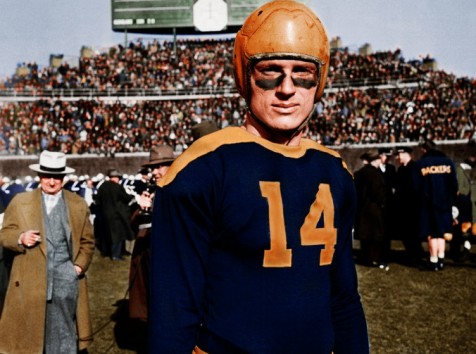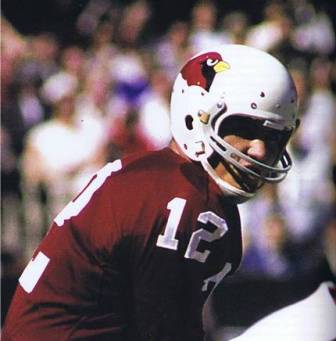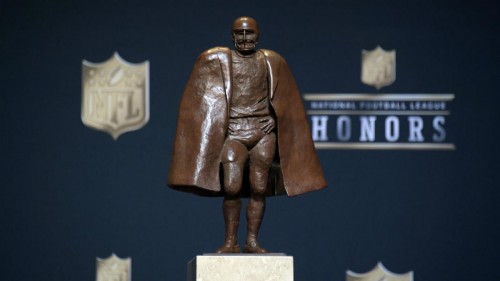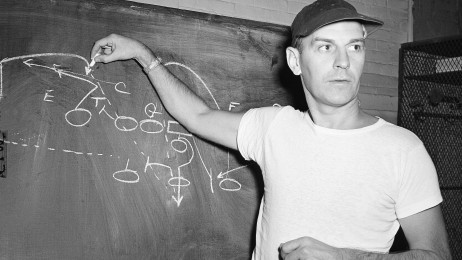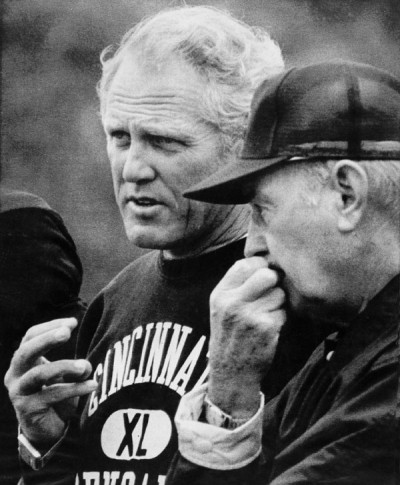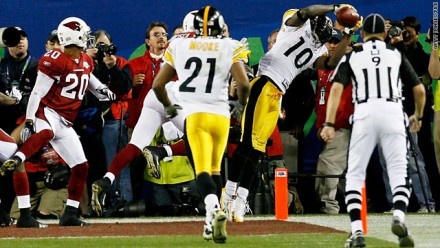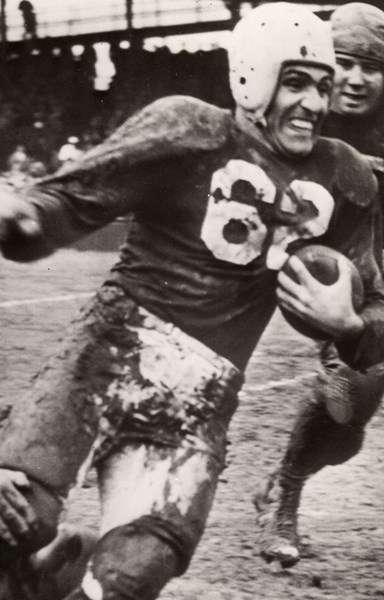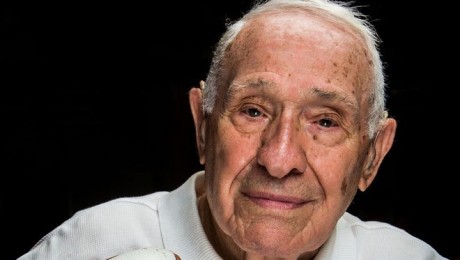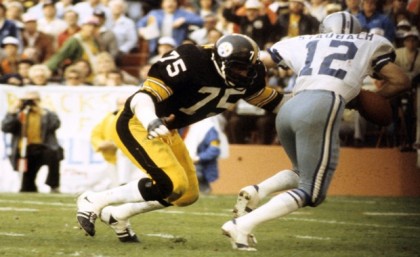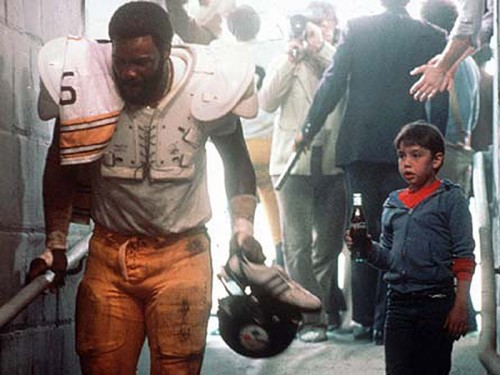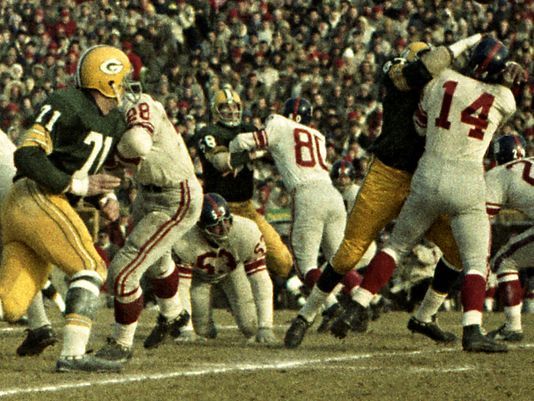The Detroit Lions take on the Denver Broncos this week in the penultimate game for the NFL teams. For this week’s Throwback Thursday post, we’ll travel back to a strange time in pro football’s history, the 1967 preseason. This is the second time we’ve featured a game from that year that was just an exhibition contest, but was really much more. On October 28, 2015 we highlighted a game between the Chiefs and Bears from that same preseason. To set up the story we need to remind people who didn’t witness that period of what it was all about. It was 1967, the start of the first season following Green Bay’s demolition of Kansas City in the first AFL/NFL Championship game, which would later become the Super Bowl. It was also the first time, according to the terms of the merger of the 2 leagues, that teams from the rival leagues were allowed to play exhibition games against each other. In prior years the preseason would be a time when players came into training camp from the second jobs they held in order to survive and used the time to get back into football shape. This preseason was going to be drastically different. The NFL had long stated that their upstart rivals were “a Mickey Mouse operation” and a vastly inferior product made up of players who couldn’t cut it in the older, established league. The AFL clubs felt they had advanced to the point where they could compete with the older league, Green Bay’s championship dominance not withstanding. Packer coach Vince Lombardi had added fuel to the fire when he stated in an interview following that first Super Bowl that although he thought that Kansas City was a fine club, that there were numerous teams in the NFL that were better.
In this particular exhibition game, played on August 5, 1967, there was quite a bit of skepticism about the upstart AFL among Lions’ players. The Broncos, for one thing, were the absolute worst of all the teams in the new league, having never posted a winning record. Also, Denver had opened the ’67 preseason with an embarrassing 19-2 loss to the Miami Dolphins, an expansion team in the previous season. Detroit’s outspoken defensive lineman, Alex Karras, openly laughed at the prospect of facing the downtrodden Broncos, and before this game boasted that if his team lost to the Broncos he would walk home from Denver. The Broncos banded together and played an outstanding game. Their defense stymied the Lions’ attack, while their offense managed a field goal to take a 3-0 lead. A key play happened in the third quarter when Denver punter Bob Scarpitto faked a kick and ran for a first down, extending a drive that ended with aging fullback Cookie Gilchrist plunging into the end zone from a yard out to open up the lead to 10-0. The Lions came back to score in the fourth quarter on a Milt Plum touchdown pass but Denver added a field goal and hung on for a shocking 13-7 victory. Detroit coach Joe Schmidt handled the defeat with class, praising the Broncos’ effort and desire and adding that the new league was on par with the NFL. Although some Lion players expressed disbelief in the result, Karras didn’t have much to say after the loss. He just put his tail between his legs and quietly took the team flight back to Detroit. As for the AFL/NFL preseason competition that year, the older league wound up dominating, winning 13 of 16 contests. Two of the AFL’s 3 wins were recorded by the lowly Broncos.
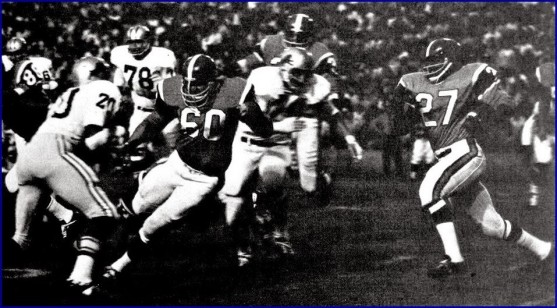
Lions vs. Broncos action from 1967 preseason
